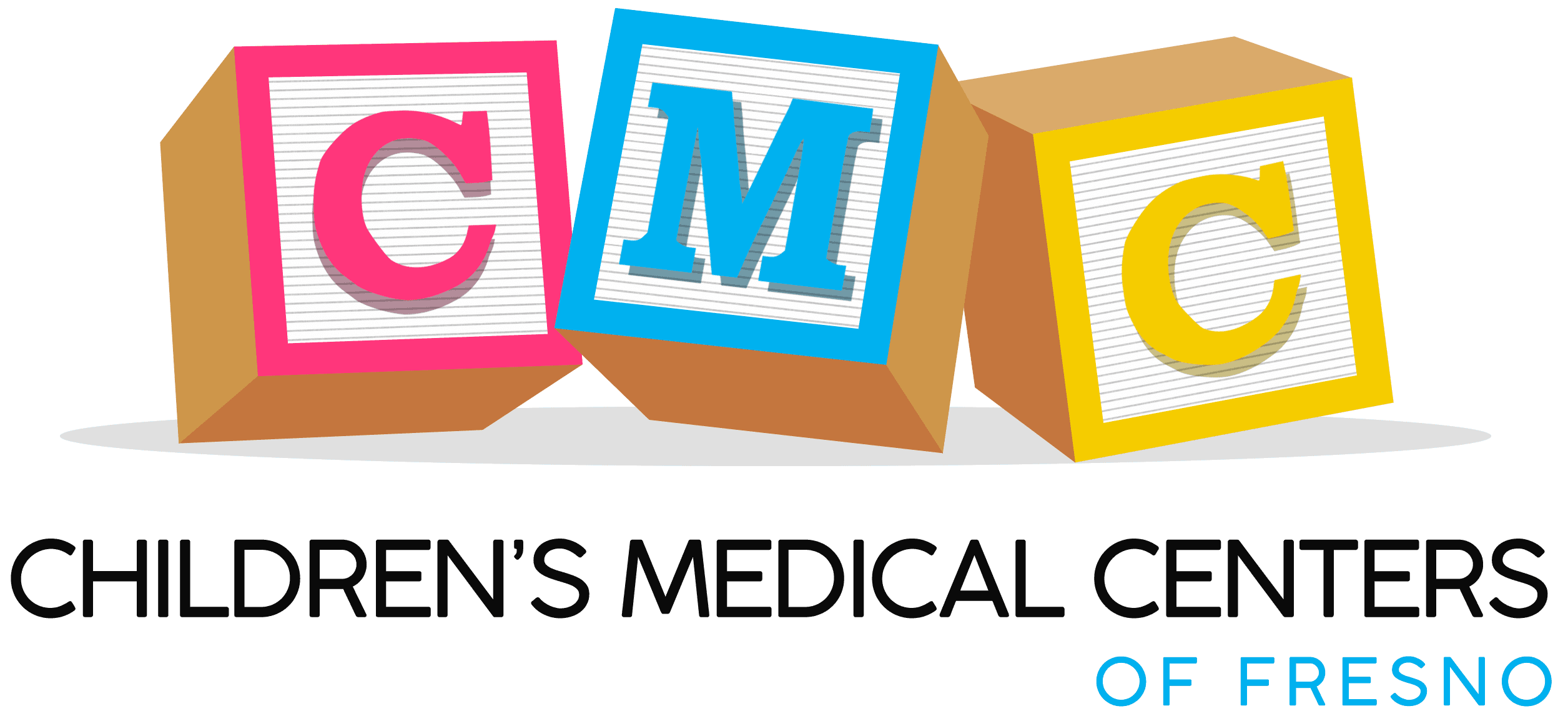Parenting is a journey filled with joys, challenges, and questions. As parents, our greatest wish is to see our little ones healthy, joyful, and thriving. That’s why it’s particularly distressing when they are in pain. One of the most common causes of discomfort in children is toddler constipation. Whether or not it’s the first time your child experienced it, it’s typical to feel concerned and unsure about what to do. This comprehensive guide aims to put an end to your worries and empower you with the knowledge to flush the pain out of your child’s early years.
What is Toddler Constipation?
Constipation is a common reason for visits to pediatricians and specialists. Toddler constipation is a condition in which a child experiences difficulty passing stools, resulting in infrequent bowel movements. The discomfort this causes distresses both the child and the parents. Dealing with this issue can be challenging both in the clinic and at home. Surprisingly, around 40% of children don’t improve with treatment and end up dealing with long-term symptoms. To prevent such cases and improve outcomes, understanding the underlying factors is as crucial as ever.
Functional constipation, a widespread issue in childhood, affects around 3% of children globally. When medical professionals find no underlying organic cause, they classify it as functional constipation, which accounts for up to 95% of cases in children. This condition is observed in healthy children aged one and older and is especially prevalent among toddlers.
Functional constipation is diagnosed based on specific criteria outlined by Rome III. Patients must meet at least two of these criteria for the last three months, with symptoms having started at least six months before diagnosis. The criteria include:
- Straining during over 25% of bowel movements.
- Having lumpy or hard stools in over 25% of bowel movements.
- Feeling incomplete evacuation in over 25% of bowel movements.
- Sensation of anorectal obstruction or blockage in over 25% of bowel movements.
- Resorting to manual maneuvers in over 25% of bowel movements.
- Having less than three bowel movements per week.
Common Causes of Toddler Constipation
There are several factors that contribute to toddler constipation, including:
1. Insufficient Fluid Intake
Toddlers are known for their boundless energy, but they often forget to stay hydrated, potentially losing more fluid than they take in. Inadequate fluid intake can lead to firmer stools and difficulty in passing them.
2. Low Fiber Diet
Toddlers often have discerning palates, which can lead to a preference for certain foods over fiber-rich options. A diet lacking in fiber can slow down the digestive process.
3. Withholding Stool
This is a typical behavior among toddlers, especially when they’re in the midst of potty training. Fear or discomfort during bowel movements can lead to a tendency to withhold stool, exacerbating constipation.
4. Medication Side Effects
Certain medications can have constipating effects on toddlers. If your child is on any medication, consult their pediatrician in Fresno, CA, or your local area to discuss potential alternatives.
Recognizing the Signs and Symptoms
Spotting toddler constipation involves paying attention to subtle cues, such as:
-
Infrequent Bowel Movements
While the frequency of bowel movements varies from child to child, if your toddler is not pooping for three days or more, constipation may be the culprit.
If your child appears to be straining, grimacing, or exhibiting discomfort during bowel movements, it’s a clear sign of constipation.
Hard, pellet-like stools or large, painful bowel movements can indicate constipation.
Dietary Factors and Constipation
One of the toddler constipation remedies involves a balanced diet. Here’s how you can help a constipated toddler develop good dietary habits:
-
Introduce Fiber-Rich Foods
Leafy greens, whole grains, fruits, and vegetables are excellent sources of fiber. Sneak them into meals to promote regular bowel movements.
Encourage your child to drink water regularly. It softens stools and facilitates easier passage.
Read More: The Importance of Hydration: Tips for Keeping Kids Hydrated During Summer
-
Limit Dairy and Processed Foods
Excessive consumption of dairy and processed foods can contribute to constipation. Moderation is key.
Read More: Dietary Guidelines for 1- to 2-Year-Old
Prevention and Home Remedies
Apart from dietary adjustments, consider these effective remedies to know how to make your toddler poop almost instantly:
1. Warm Baths
A warm bath can relax the abdominal muscles, making it easier for your toddler to pass stool.
2. Massage
Gently massaging the abdomen in a clockwise motion can stimulate bowel movements.
3. Routine Meal Times
Consistency in meal times and potty breaks helps regulate bowel movements.
Frequently Asked Questions About Toddler Constipation Relief
What role does routine play in toddler constipation relief?
Establishing a routine is vital for toddler constipation relief. Encourage regular bathroom breaks, especially after meals. Consistent meal and sleep times help regulate bowel movements. Additionally, incorporating physical activity into their daily routine can stimulate the digestive system.
Are there any warning signs that indicate I should seek immediate medical attention for my constipated toddler?
While occasional constipation is common, seek immediate medical attention if your toddler experiences severe abdominal pain, bloody stools, or if they appear excessively lethargic. These may be signs of a more severe issue that requires prompt evaluation.
Read More: When Should You Seek Medical Care for Your Child
Is it safe to use over-the-counter laxatives or stool softeners for constipation in toddlers?
Always consult a pediatrician before using any over-the-counter medication. They can recommend safe options or suggest alternative methods to alleviate constipation.
Paving the Way for Happy Tummies and Carefree Toddlers
Understanding toddler constipation empowers parents to provide the best care for their little ones. By recognizing the causes of symptoms and implementing simple yet effective constipation remedies for your toddler, you can ensure their comfort and well-being in their formative years. If constipation persists, consult our trusted pediatrician in Fresno, CA. Remember, toddler care needs attention to detail, and that begins with you.
Prioritize your child’s well-being with expert guidance on understanding toddler constipation causes and symptoms. Schedule a pediatric appointment today at (559) 455-1500 or click “Book an Appointment” for convenient access. Discover our comprehensive services through our website, and partner with the Children’s Medical Center of Fresno for a brighter, healthier future for your child. Whether you’re seeking a “pediatrician near me” or “best pediatrician in Fresno, CA,” trust us to deliver the best pediatric healthcare solutions. We offer after-hours, telemedicine, and weekend options for your convenience.







